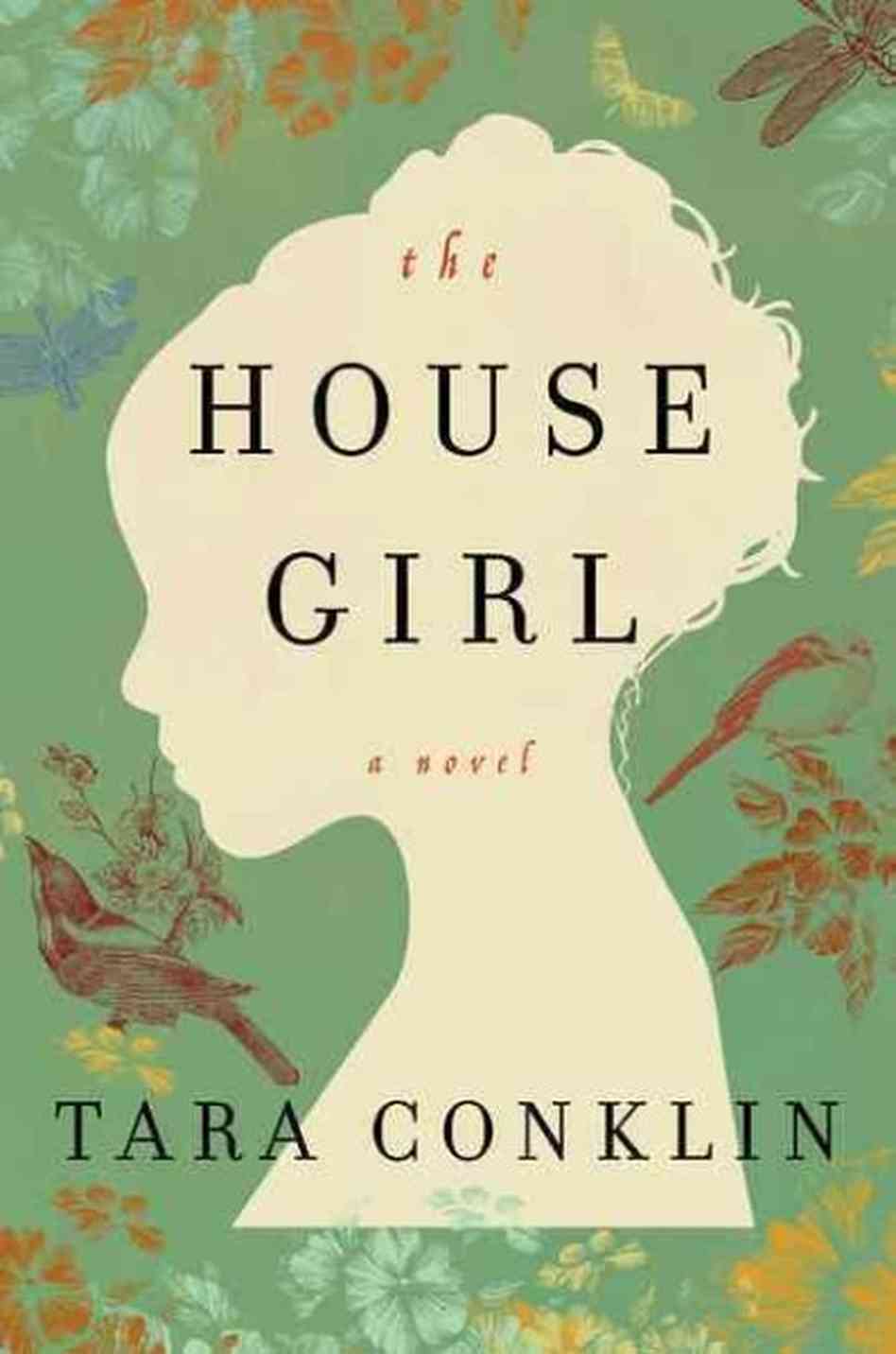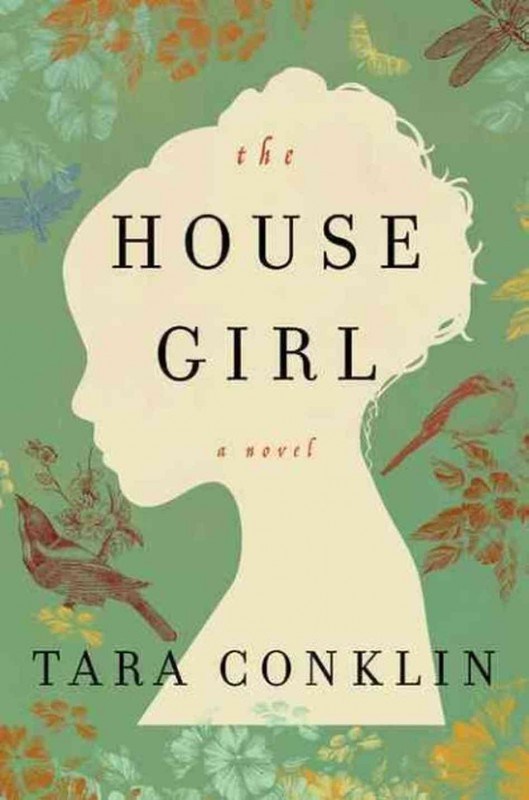26 Jun / The House Girl by Tara Conklin

 Give me a story with two narratives interwoven through nonlinear timelines and, usually, I’ll be one committed reader. The House Girl opens in 1852 rural Virginia with a teenage slave girl named Josephine, then fast forwards in the next chapter to Lina, an ambitious attorney in 2004 New York City. Josephine, the primary caretaker to her dying mistress, plots her escape. Lina, 150 years later, searches for a perfect plaintiff to represent a would-be landmark case seeking substantial reparations for descendants of American slaves. To decipher the (non-familial – nope, not that easy!) relationship between the two disparate characters requires almost 400 pages (or, if you go audible, nearly 15 hours) through a labyrinth of well-guarded secrets, lost identities, and unjust history.
Give me a story with two narratives interwoven through nonlinear timelines and, usually, I’ll be one committed reader. The House Girl opens in 1852 rural Virginia with a teenage slave girl named Josephine, then fast forwards in the next chapter to Lina, an ambitious attorney in 2004 New York City. Josephine, the primary caretaker to her dying mistress, plots her escape. Lina, 150 years later, searches for a perfect plaintiff to represent a would-be landmark case seeking substantial reparations for descendants of American slaves. To decipher the (non-familial – nope, not that easy!) relationship between the two disparate characters requires almost 400 pages (or, if you go audible, nearly 15 hours) through a labyrinth of well-guarded secrets, lost identities, and unjust history.
Sounds promising, right? Alas, the dual stories often felt like dueling narratives, wavering between high-brow social treatise and soap opera-like antics (including even a dead mother who comes back to life!). Curiosity kept me reading, yes … but finishing got me thinking …
Split narratives aside, here’s my pressing dilemma: Because I chose to listen to Bahni Turpin whose narration is distinctly African American, I (wrongfully) assumed Lina was African American. In Google-ing author Tara Conklin’s website to link here, I found an NPR interview that questions Conklin about “… whether she worried about writing a novel about slavery with mostly white characters,” which caused substantial surprise. That Conklin herself is seemingly white (based on her author photo), that “‘You’re not black enough'” is a pivotal line in the novel, that realizing only after reading a book about slavery that it has a single African American main character … well, I confess that context cannot be ignored.
The act of claiming someone else’s story – represented here by canvases of haunting portraits, both historical (Josephine’s) and contemporary (Lina’s father’s paintings of her absent mother) – looms large throughout these pages. How disturbingly ironic that the novel itself seems to echo that sense of appropriation: The House Girl is essentially a white author’s story of an African American slave girl told mostly through white characters. The novel’s details quickly pale as I find I myself challenged (again) to ponder – in our supposedly post-racial 21st-century society, just how much do historic ‘black’ and ‘white’ labels matter … literally?
Readers: Adult
Published: 2013
